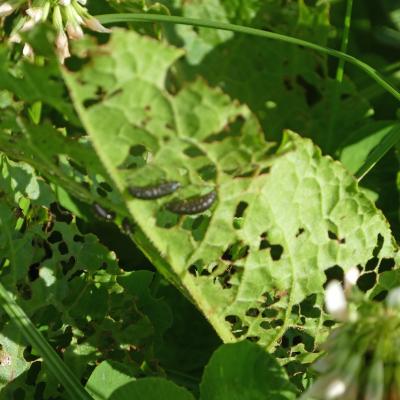
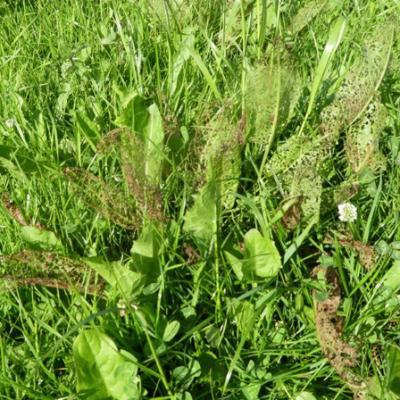

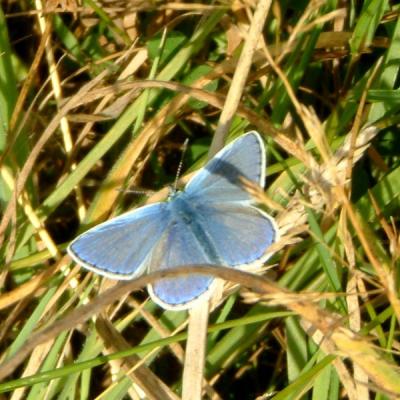
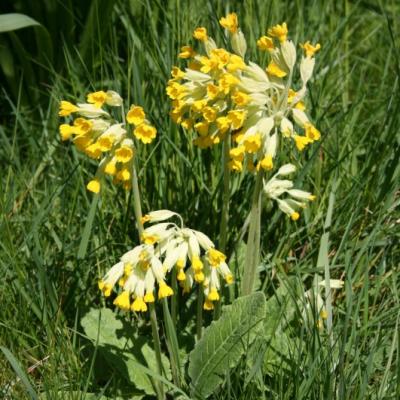
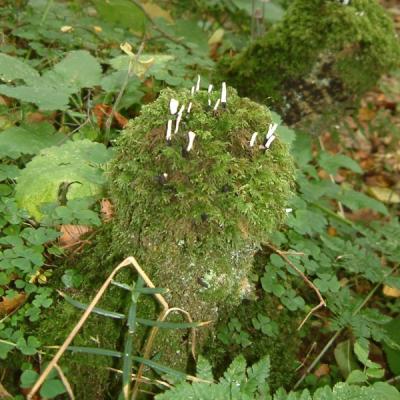
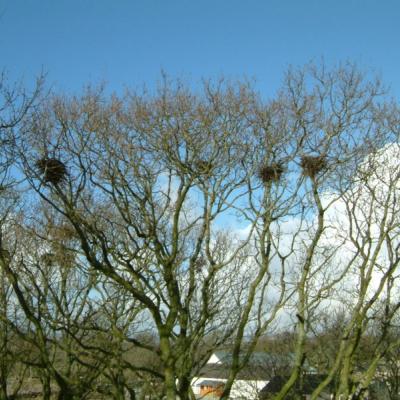
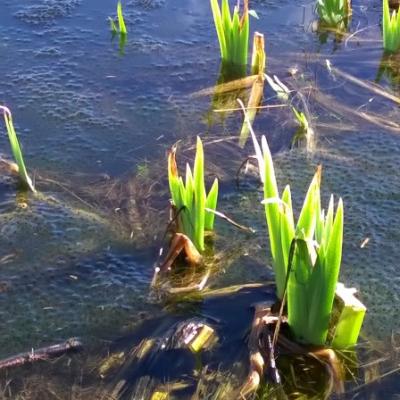
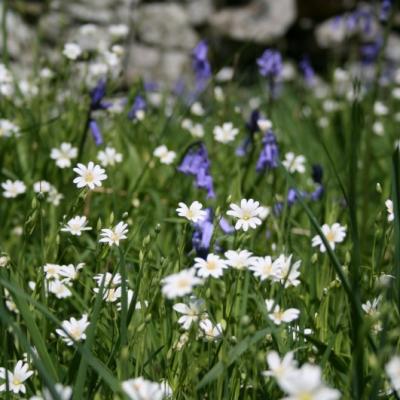
Recorded Species at Rainton Farm
Mammals
- Bank Vole
- Brown Hare
- Brown Long-eared Bat
- Common Pipistrelle Bat
- Eurasian Badger
- Eurasian Common Shrew
- Eurasian Red Squirrel
- European Mole
- European Otter
- European Rabbit
- Red Fox
- Roe Deer
- Field Vole
- Long Tailed Shrew
- Weasel
- Stoat
Reptiles & Amphibian
- Adder
- Common Frog
- Common Lizard
- Common Toad
- Great Crested Newt
- Smooth Newt
Red & Amber List Birds (Birds of Conservation Concern)
- Barn Owl
- Black-headed Gull
- Bullfinch
- Curlew
- Dunnock
- Golden Eagle
- Grasshopper Warbler
- Greylag Goose
- Houe Martin
- House Sparrow
- Lesser Black-backed Gull
- Linnet
- Little Grebe
- Mallard
- Meadow Pipit
- Red Kite
- Redstart
- Shelduck
- Skylark
- Song Thrush
- Spotted Flycatcher
- Starling
- Stockdove
- Swallow
- Wheater
- Whitethroat
- Willow Warbler
- Yellowhammer
Other Birds
- Barn Swallow
- Black-billed Magpie
- Blackbird
- Blackcap
- Blue Tit
- Buzzard
- Carrion Crow
- Chaffinch
- Chiffchaff
- Coal Tit
- Collared Dove
- Common Redpoll
- Crows
- Eurasian Jackdaw
- Eurasian Jay
- Eurasian Sparrowhawk
- Eurasian Teal
- Eurasian Tree Sparrow
- Eurasian Treecreeper
- European Goldfinch
- European Robin
- Fieldfare
- Garden Warbler
- Goldcrest
- Goldfinch
- Great Spotted Woodpecker
- Great Tit
- Greenfinch
- Grey Heron
- Grey Partridge
- Grey Wagtail
- Hedge Accentor
- Herring Gull
- Kestrel
- Lesser Redpoll
- Lesser Whitethroat
- Long-tailed Tit
- Merlin
- Mistle Thrush
- Moorhen
- Mute Swan
- Nuthatch
- Peregrine
- Pheasant
- Pied Wagtail
- Raven
- Red Kite
- Redwing
- Reed Bunting
- Rook
- Sedge Warbler
- Snipe
- Starling
- Stock Pigeon
- Stonechat
- Swift
- Tawny Owl
- Whinchat
- Whooper Swan
- Wigeon
- Winter Wren
- Wood Pigeon
- Woodpeckers
- Wren
Insect (Butterfly)
- Common Blue
- Green-veined White
- Large Skipper
- Large White
- Meadow Brown
- Northern Brown Argus
- Orange-tip
- Painted Lady
- Peacock
- Red Admiral
- Ringlet
- Small Copper
- Small Heath
- Small Tortoiseshell
- Small White
- Wall
Insect (Moth)
- Barred Umber
- Brown Silver-line
- Clouded Drab
- Common Lutestring
- Common White Wave
- Dark-barred Twin-spot Carpet
- Diarsia
- Early Thorn
- Engrailed
- Flame Carpet
- Foxglove Pug
- Hebrew Character
- Latticed Heath
- Little Emerald
- Lychnis
- Nut-tree Tussock
- Pale-shouldered Brocade
- Red Twin-spot Carpet
- Scalloped Hazel
- Scorched Wing
- Silver Y
- Silver-ground Carpet
- Small Phoenix
- Speckled Yellow
- Streamer
- Treble Lines
- Water Carpet
- White Ermine
Flowering Plants
- Annual Meadow-grass
- Ash
- Aspen
- Barren Brome
- Blackthorn
- Bluebell
- Bogbean
- Bramble
- Branched Bur-reed
- Broad-leaved Dock
- Broad-leaved Willowherb
- Broom
- Bugle
- Burnet Rose
- Cat's-ear
- Cleavers
- Cock's-foot
- Common Bent
- Common Bird's-foot-trefoil
- Common Chickweed
- Common Dog-violet
- Common Duckweed
- Common Hemp-nettle
- Common Knapweed
- Common Mouse-ear
- Common Nettle
- Common Poppy
- Common Ragwort
- Common Sorrel
- Common Spike-rush
- Common Spotted-orchid
- Compact Rush
- Cowslip
- Creeping Buttercup
- Creeping Soft-grass
- Creeping Thistle
- Crested Dog's-tail
- Cuckooflower
- Curled Dock
- Cut-leaved Crane's-bill
- Daisy
- Deschampsia cespitosa
- Dove's-foot Crane's-bill
- Downy Birch
- Elder
- Enchanter's-nightshade
- English Stonecrop
- False Oat-grass
- Field Forget-me-not
- Floating Sweet-grass
- Foxglove
- Germander Speedwell
- Glaucous Dog-rose
- Gorse
- Great Willowherb
- Greater Bird's-foot-trefoil
- Greater Plantain
- Greater Stitchwort
- Greater Tussock-sedge
- Ground-ivy
- Groundsel
- Hawthorn
- Hazel
- Heath Bedstraw
- Heath Groundsel
- Heath Speedwell
- Hedge Woundwort
- Hemlock Water-dropwort
- Herb-Robert
- Hieracium
- Hogweed
- Knotgrass
- Lady's Bedstraw
- Lesser Burdock
- Lesser Celandine
- Lesser Stitchwort
- Lesser Trefoil
- Marsh Foxtail
- Marsh Pennywort
- Marsh Thistle
- Meadow Buttercup
- Meadow Fescue
- Meadow Vetchling
- Meadowsweet
- Moschatel
- Nipplewort
- Opposite-leaved Golden-saxifrage
- Oval Sedge
- Oxeye Daisy
- Perennial Rye-grass
- Pignut
- Pineappleweed
- Prickly Sow-thistle
- Primrose
- Ranunculus flammula subsp. flammula
- Raspberry
- Red Bartsia
- Red Campion
- Red Clover
- Redshank
- Ribwort Plantain
- Rosebay Willowherb
- Rough Meadow-grass
- Rowan
- Sanicle
- Sea Pearlwort
- Selfheal
- Sessile Oak
- Shepherd's-purse
- Sherard's Downy-rose
- Skullcap
- Slender St John's-wort
- Smooth Hawk's-beard
- Smooth Sow-thistle
- Soft-Brome
- Spear Thistle
- Square-stalked Willowherb
- Sticky Mouse-ear
- Sun Spurge
- Sweet Vernal-grass
- Sycamore
- Taraxacum officinale agg.
- Timothy
- Tormentil
- Trailing St John's-wort
- Tufted Vetch
- Two-rowed Barley
- Upright Hedge-parsley
- Violet
- Water Forget-me-not
- Water Mint
- White Clover
- Wild Strawberry
- Wood Anemone
- Wood Avens
- Wood Dock
- Wood Sage
- Woodruff
- Wood-sedge
- Wood-sorrel
- Yarrow
- Yellow Iris
- Yellow Pimpernel
- Yorkshire-fog
- Zigzag Clover
Fern
- Bracken
- Broad Buckler-fern
- Male-fern
Fungus
- Alder Bracket
- Amethyst Deceiver
- Birch Polypore
- Birch Woodwart
- Blue Edge Pinkgill
- Burgendydrop Bonnet
- Candlesnuff
- Clouded Funnel
- Dark Honey Fungus
- Deer Shield
- Dung Roundhead
- Glistening Inkcap
- Golden Waxcap
- Hazel Glue Crust
- Hazel Woodwart
- Horsehair Parachute
- King Alfred's Cakes
- Meadow Waxcap
- Nitrous Waxcap
- Phallus impudicus var. impudicus
- Psathyrella candolleana
- Purple Jellydisc
- Snowy Waxcap
- Stinkhorn
- Sulphur Tuft
- The Deceiver
- Vermillion Waxcap
...plus an abundance of dragonflies, damsel flies, beetles, spiders, soil invertebrates and other insects, too many to mention but each of them contributing to the rich and varied ecosystem of our farm.
